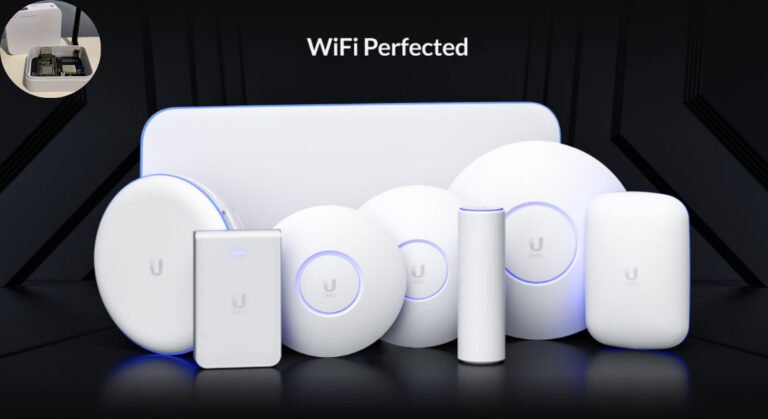When setting up Home Assistant for smart home automation, a common question arises: do you need a separate Zigbee hub? The answer is nuanced. Home Assistant itself acts as a central hub, but to communicate with Zigbee devices, it requires a Zigbee coordinator—a specialized radio adapter, often a USB dongle, that creates and manages the Zigbee network. This means you don’t necessarily need a proprietary Zigbee hub or bridge from device manufacturers; instead, you can use a compatible Zigbee coordinator integrated directly with Home Assistant to control a wide range of Zigbee devices seamlessly. This approach offers greater flexibility, avoids vendor lock-in, and consolidates control within Home Assistant, effectively making it your universal smart home hub.
Understanding the Role of a Zigbee Hub
A Zigbee hub acts as the central brain in your smart home ecosystem. It communicates with various Zigbee devices, allowing them to work together seamlessly.
Without a hub, individual devices may struggle to connect or operate efficiently. The hub bridges these gaps by translating signals and managing communication between different gadgets.
Think of it as a translator for your smart devices. They speak in different languages, but the hub ensures everyone understands one another. This synchronization enhances performance and reliability.
You can create complex workflows that involve multiple components reacting to specific triggers with ease.
In an environment filled with various technologies, having this centralized control opens up opportunities for more innovative living spaces tailored to your needs.
Benefits of Using a Zigbee Hub for Home Assistant
Using a Zigbee hub with Home Assistant opens up a world of smart home possibilities. One significant benefit is enhanced device compatibility. Many devices utilize the Zigbee protocol, allowing for seamless integration across your innovative ecosystem.
Reliability is another key advantage. Zigbee operates on a mesh network, which means devices can communicate directly with each other rather than relying solely on a central unit. This creates stronger connectivity and reduces the chances of disruptions.
Energy efficiency also plays a role in the appeal of Zigbee hubs. Devices connected via this protocol tend to consume less power compared to Wi-Fi counterparts, leading to lower energy bills over time.
With all compatible devices unified under one hub, creating customized routines becomes straightforward and intuitive within Home Assistant’s interface.
You may also read (does your home ac unit really need freon).
Alternatives to a Zigbee Hub
If you’re hesitant about using a Zigbee hub, there are alternatives worth considering. One popular option is the Z-Wave protocol. It functions similarly to Zigbee but operates on different frequencies, allowing for device communication without interference.
These gadgets connect directly to your router, eliminating the need for an additional hub. They often come with user-friendly apps that make setup straightforward.
Bluetooth-enabled devices also present a viable choice. While they generally have a shorter range than their Zigbee counterparts, many people find them suitable for smaller setups.
Consider platforms like Thread or Matter that aim to unify different smart home ecosystems. As these technologies advance, they may offer seamless integration across various devices and brands, eliminating the need for multiple hubs.
How to Choose the Right Zigbee Hub for Your Home Assistant Setup
When selecting a Zigbee hub for your Home Assistant setup, start by considering compatibility. Ensure the hub supports the devices you plan to use. Not all hubs work seamlessly with every product.
Next, think about range and coverage. If your home is large or has multiple floors, look for hubs that offer extended-range capabilities. You want reliable connections throughout your space.
Ease of integration is also crucial. Look for hubs known for their straightforward setup process with Home Assistant. User-friendly interfaces can save you time and frustration.
Explore community support and resources available online. A strong user base can provide valuable insights and troubleshooting tips as you navigate your smart home journey. Prioritize options backed by positive reviews from other users in similar setups to yours.
You may also read (does central air conditioning really boost home value).
Step-by-Step Guide on Setting Up a Zigbee Hub with Home Assistant
Setting up a Zigbee hub with Home Assistant can significantly enhance your smart home experience. Follow these steps to get started.
First, gather the necessary equipment. You’ll need a compatible Zigbee hub and a device that supports Home Assistant, such as Raspberry Pi or an Intel NUC.
Next, connect your Zigbee hub to power and link it to your Wi-Fi network. Most hubs have straightforward setup instructions that guide you through connecting them online.
Once powered on and connected, install the Home Assistant software on your chosen hardware. You can do this by downloading the image from the official website and flashing it onto an SD card if you are using a Raspberry Pi.
After installing Home Assistant, access its web interface via your browser. From there, navigate to “Integrations.” Click on “Add Integration” and search for your specific Zigbee hub brand.
Follow any prompts required to pair the devices. This process often involves pressing buttons on both the hub and the individual devices you want to add—such as bulbs or sensors—to establish communication between them.
As each device connects successfully, it will appear within the Home Assistant dashboard, where you can manage settings such as automation rules or scene creation according to your personal preferences.
Ensure everything works correctly after setup is complete by testing each device’s functionality in various scenarios throughout the home environment.
You may also read (does eero work seamlessly with t mobile home internet).
